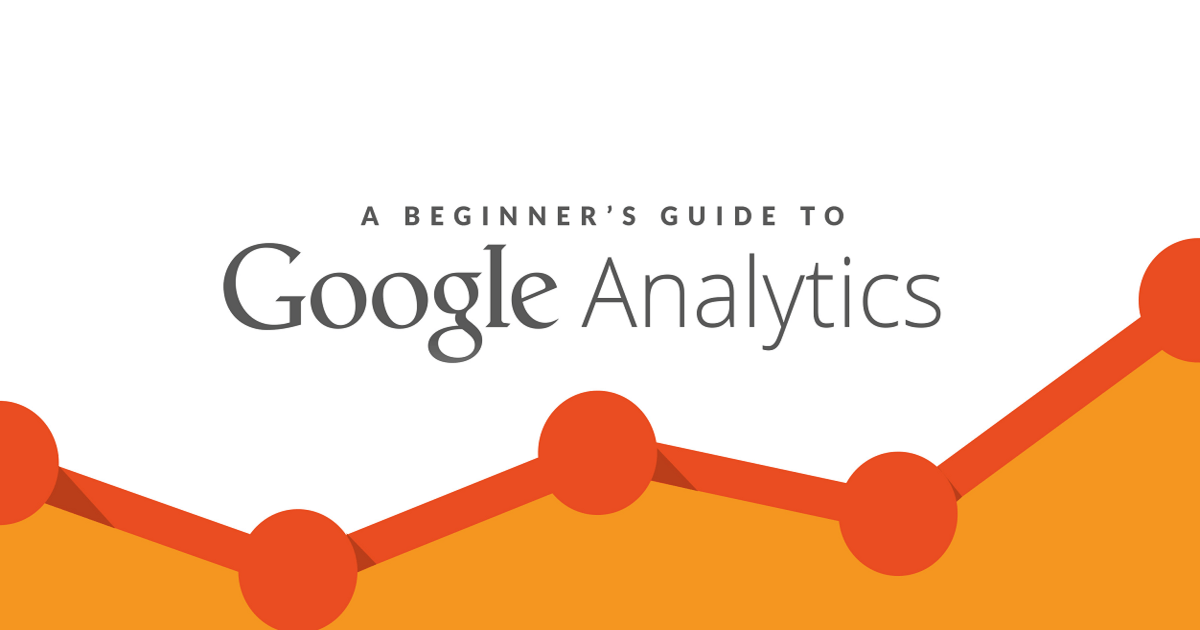
When President Barack Obama was running for his second term, the party launched a re-election campaign ‘Obama for America’. This was the official re-election campaign for President Obama’s presidential election and it was headquartered at Chicago, IL.
Success of any political campaign, whether it is of small scale or large, depends hugely on various decisions taken at various stages. One should be able to take quick decisions based on various data or information available to lead the race. Quick access to such data which aids decision making capability plays a crucial role.
The re-election campaign of President Obama in the year 2012, required access to quick actionable data for helping in super-fast decision making. The digital world played an important role to boost the campaign at all the stages. Nate Lubin, Director of Digital Marketing for Obama for America campaign, realised that his digital team should be provided with regular and easily comprehensible real-time data to keep up with the pace of the campaign.
When digital platforms were being used for campaigns, it becomes mandatory to monitor the performances which will in turn help in making strategic decisions. Campaign manager employed Google Analytics to measure campaign performances which helped in collecting all the necessary web data.
People have become more internet savvy than earlier and they rely a lot on the information available provided online. A research conducted to understand people’s behaviour indicates that 64% of voters use internet to verify various aspects. These verification of facts are more prevalent during Presidential and Vice-presidential debates. Voters use this opportunity to cross-check real-time happenings.
Targeting supporters and who use internet to research about the happenings during the campaign is very important. It is mandatory to identify the keywords that people type-in to research. Google Analytics helped identifying these keywords. Few keywords which were mostly issue-related could be anticipated but there were few which could not be anticipated. Google Analytics generated various real-time reports, which helped the campaign manager to identify voter’s various queries and concerns and these could be answered directly through various search ads.
Objectives of the Campaign
The following were the three major objectives of the campaign:
- To improve the engagement with the supporters.
- To improve the reach and influence to the prospective voters.
- To engage with the supporters to activate them to vote.
Strategies Used In The Campaign
The following were the strategies implemented in the campaign:
-
Identifying Organic Search Terms:
Google Analytics helped the campaigners to identify organic search terms used by people which was driving traffic to the campaign website. Real-time reports were generated to identify these search terms.
- Search Ads: When appropriate keywords were identified, campaign managers placed appropriate search ads on Google. This in turn directed people to the right information and they could see all the details related to the President’s take on various issues. For example; the key phrase ‘binders full of women’ was used by Governor Mitt Romney, and search ads were placed indicating various fact-sheets related to President’s support towards women’s equality.
-
Rapid Response Strategy:
The real-time data generated by Google Analytics helped to keep a check on the traffic and on the level of engagement that people were showing towards a search term.
-
Analysis, Testing & Optimization:
The campaign saw a huge success because of continuous analysis of facts, testing at various stages and optimising the strategy according to the requirements. The team behind the campaign relied completely on the data generated by the analytical tools. The decisions taken were all data driven because of which they were accurate and relevant. Strategies were immediately modified or discarded based on the performances which helped them to improve their campaign.
-
Information across the team:
Google Analytics helped the people who were part of email promotion, web promotion and advertised for the campaign to understand all the important influencing aspects. They could clearly visualise the factors influencing and motivating new supporters turning into vocal advocates and donors subsequently.
-
Secondary Call-to-Action:
Secondary call-to-action options were tested continuously which helped in attracting new supporters to take further course of action in the campaign after initial sign-up. Monitoring secondary call-to-action regularly turned out to be very effective to optimise the page further.
-
Using advanced features:
Google Analytics advanced features like flow visualisation reports etc. helped to identify many factors. Sequence of engagements could be tested and improved further because of the data generated by analytical tool. Advanced Segmentation in Google Analytics allowed the campaign organiser to analyse various subsets of the traffic.
-
Data Integration:
Data or reports generated by Google Analytics was made available across various teams involved in the campaign execution which in turn improved the performance across the site. There were various activities like social sharing , testing, monitoring the contents, information delivered to the supporters etc. going on all at one time. Integrating all the team under one roof was important and this could be achieved because of data which was available across the team.
-
Activate Supporters:
Interactive Geo-targeted application was launched by the campaign managers to make things easy. Persuading people alone would not have helped. It was necessary to make people come out of their homes and vote as early as possible. There were many important key locations where the early voting had begun and it was important to give priority to these locations. With the help of geo-targeted application, people could search for their voting booths where they had registered. This helped people to locate their voting place and vote at the earliest. The voters were targeted using all the available social media channels like search, display, email and social networking sites.
-
Data Management:
Google Analytics helped in analysing all the advertising and site performance data. These data could be shared with all the users which helped them to make quick decision. The analysis provided reliable and consistent data. All the events could be centrally monitored real-time.
-
Team Reports:
All the people involved in the campaign could centrally access the reports generated by Google Analytics. This helped the teams to report to their superiors even more efficiently and accurately. Reporting superiors used new Google Analytics API and Google Aps Script. This helped the team members to submit their reports in an automated and centralised system. Google dashboard allowed the team to visualise all the activities related to various marketing channels and geo-targeted campaigns. This analysis helped the people involved to spend less time on data assimilation and sorting them. They could concentrate more on optimising their marketing strategies so that they can attract more supporters.
- Google Segmentation: The segmentation capability of Google Analytics helped the campaign organizers to identify and understand various priority traffic sources, devices used, geographic locations, loading time etc. when the Get Out The Vote phase was launched. Based on these reports the campaigners could monitor the technical efficiency of voting lookup tools which helped the campaigners to target supporters till the final moment of elections.
Results Achieved by the Campaign
The following were the results achieved:
- Data could be accessed across all the team members which helped in quick analysis and improvement.
- Campaigning team could identify the key phrases and keywords that were being used by people to search for information.
- Get out the vote conversion reporting could be visualised by all the members of advertising team.
Google Analytics played a major role in uplifting the whole Presidential Election campaign. Data is the key for any analysis and Google Analytics is indeed the right tool for it.

















